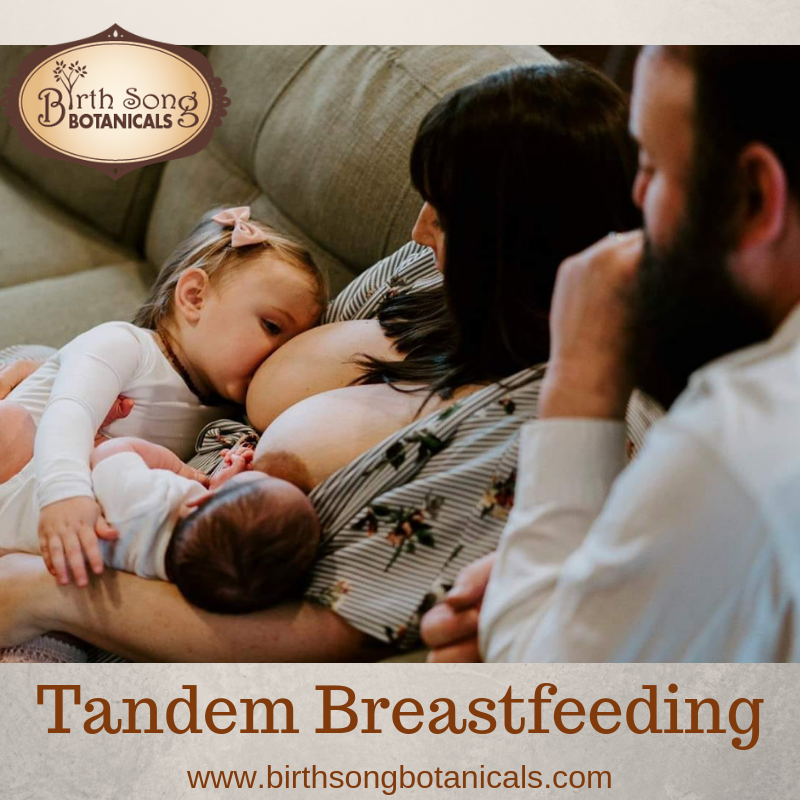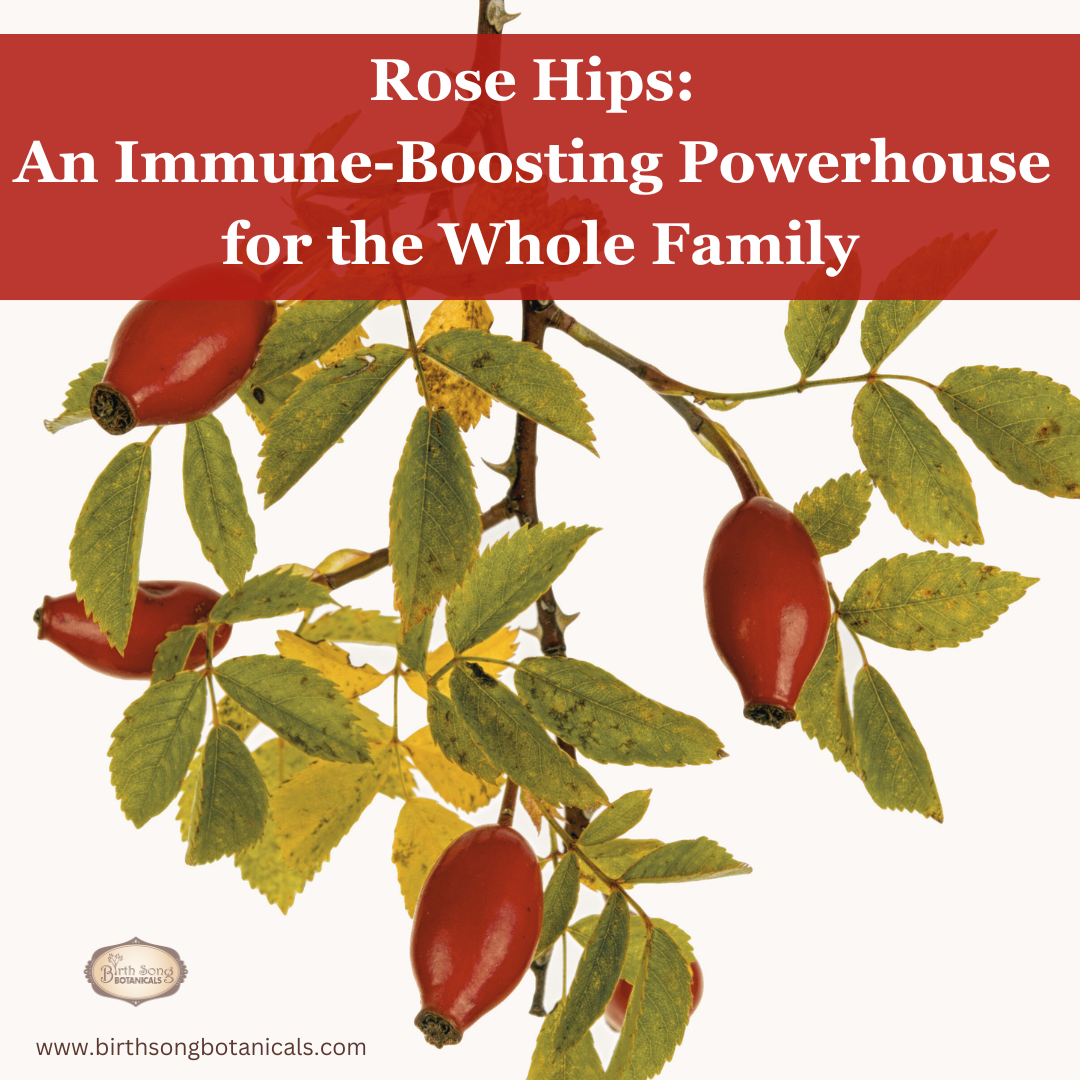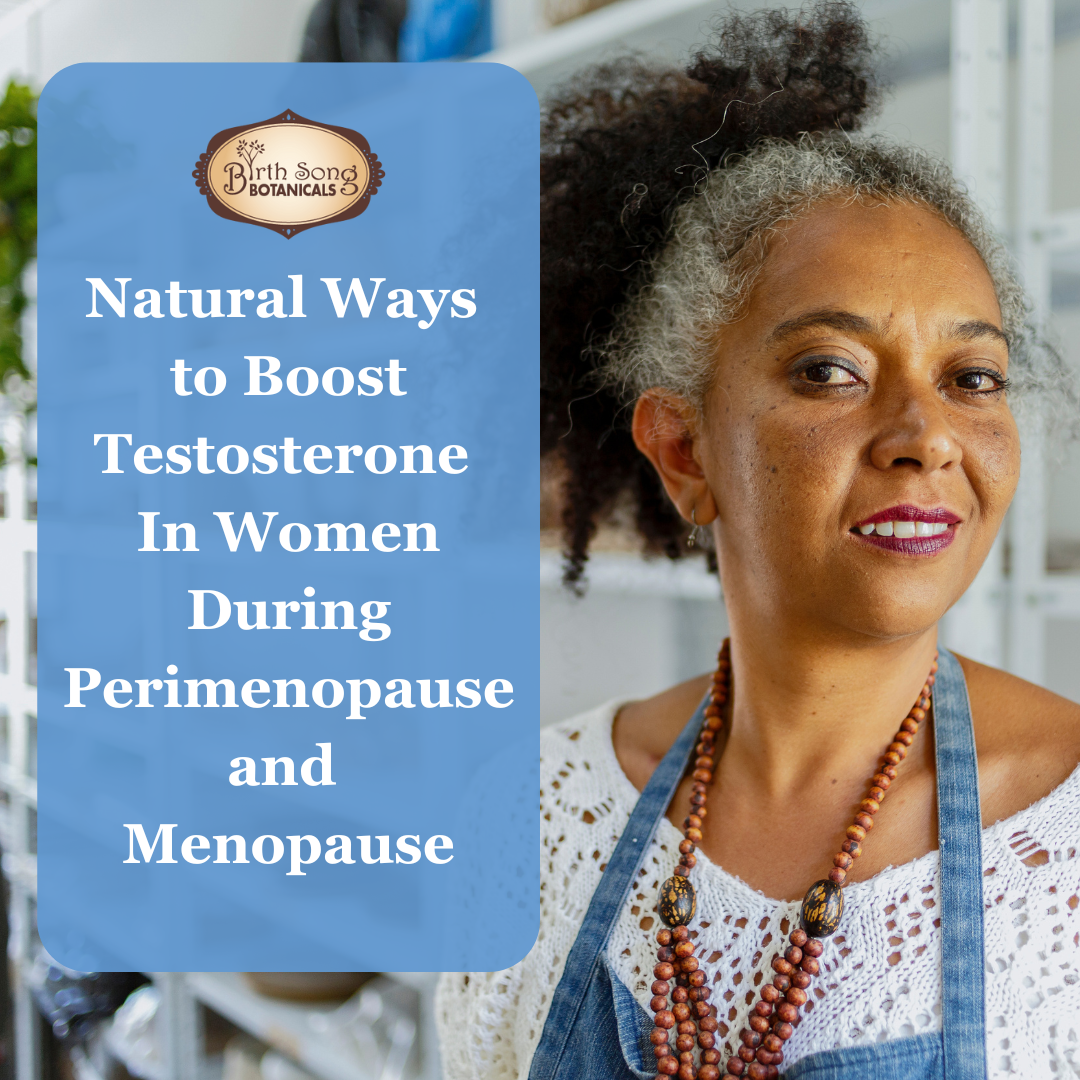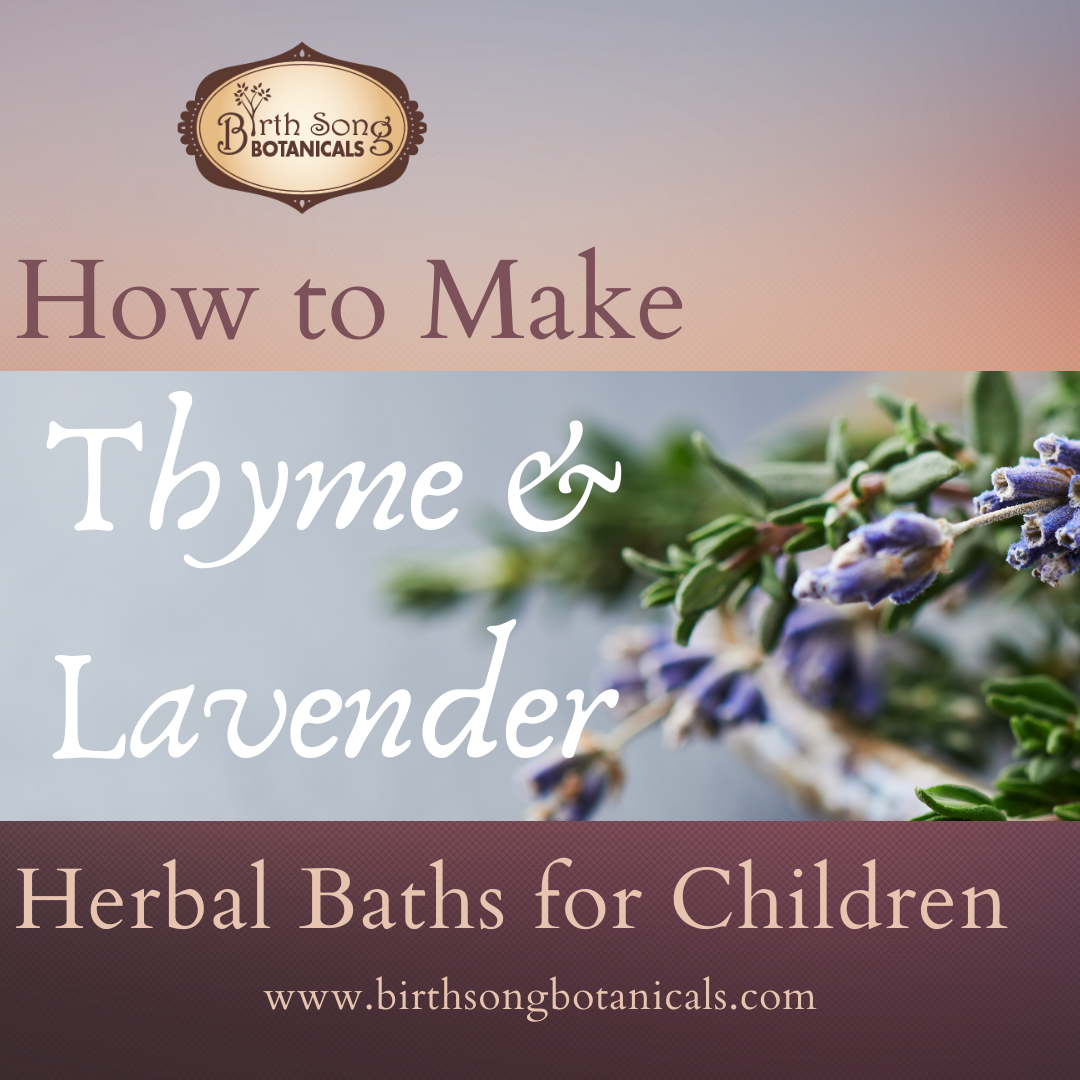Tips for Tandem Breastfeeding

On average, breastfeeding regulates postpartum menses and a return to fertility long enough that babies are often spaced a couple of years apart even without other forms of birth control. Of course, averages don’t mean a whole lot for individuals—all of our bodies are beautifully unique. But even when the average holds true, it’s common and even recommended to breastfeed well into toddlerhood. Chances are, there are many of you who have been or will be faced with the prospect of tandem breastfeeding.
Yet even though it makes perfect biological sense for one child’s breastfeeding journey to coincide with their sibling’s, it’s not often depicted or discussed. So when a mama becomes pregnant before baby weans, they’re often left wondering what to do. Rest assured, tandem nursing is well within that “range of normal” that we so often look to. Today, we’ll walk through some of the concerns, benefits, and struggles of tandem breastfeeding. You’re not alone—and your nursling doesn’t have to be, either!
Tandem Breastfeeding through Pregnancy
The first question moms have is whether it’s safe to breastfeed through pregnancy. We remember nipple stimulation as a trigger for labor, and your newest little one isn’t close to ready to be born. So how can breastfeeding mean one thing at the end of pregnancy and another throughout the rest?
The answer isn’t simple, but that’s because our bodies aren’t simple!
“Contraction” is a loaded word. We usually only use it when we’re talking about impending labor and the forceful contractions that open the cervix and move the baby down and out. Really, though, a contraction is simply the movement of a muscle, and the uterus is made of smooth muscle tissue. Less powerful contractions around the sides of the uterus happen all pregnancy long, through many activities and circumstances that we continue without a thought. Orgasms create contractions, walking and exercise encourage contractions, and being under-hydrated might lead to more, as well, just to name a few.
So while breastfeeding might cause some contracting of the uterus, they usually don’t become the powerful, progress-making contractions until labor itself has been triggered when it’s time. In other words, in most cases it’s absolutely safe to breastfeed, even in early pregnancy.
With that said, it will be up to you and your care provider to monitor the situation closely. Weigh the evidence—not the fear!—against your circumstances to make sure it’s still safe.
You might also notice some discomfort, especially early on. Nipple tenderness is normal in early pregnancy, and breastfeeding a squirmy toddler on top of it can be… less than enjoyable.
Herbal Nipple Salve can help to ease some of the discomfort (keep it around for postpartum anyway!), as well as cool cloths. Most of it is hormonal, and it usually subsides over time.
You might also lose some of your milk supply during the pregnancy. Not everyone does, and not every nursling cares whether the milk is still plentiful. If your child is old enough to eat other foods, don’t sweat it. They will likely enjoy the colostrum return toward the end of the third trimester, and they will especially love that rich, newborn milk!
If you do have a young baby when your milk dissipates, unfortunately pregnancy is not the time for Let There Be Milk or other formulas, since they aren’t intended for pregnancy. Drink lots of water and nourish your body with good foods, paying attention to whether or not she needs supplementation. The chances of being pregnant with so young a baby are slim, so if it does happen and you have concerns, reach out to a La Leche Leader, an IBCLC lactation consultant, or your midwife to help you make the best choices for you and your babies.

Birth and Postpartum with a Nursling
You’ve made it through pregnancy with a breastfeeding toddler. Congrats! Now the real benefits can shine through. Whether you nursed through the pregnancy or your toddler lost interest for awhile then regained it, breastfeeding can actually make some things better at this stage.
Beginning with labor, a slow starting labor or a stall might be overcome with some nursing. Not only will the existing contractions become more powerful and productive, but you’ll be able to bond with your little one in the last moments before there’s another child added to your family.
Some mamas bring a gift to their toddler when introduced to the new baby to help them adjust better. A tandem breastfeeding mama brings the best gift of all. The colostrum and, eventually milk will be noticeably different, richer, and soothing, and big brother or sister will be able to see that it’s possible—even fun!—to share mama with this new little addition.
In many ways, tandem breastfeeding can actually make the early postpartum days easier. Nothing brings milk in like a strong toddler latch! And the extra strong stimulation can help your uterus to contract more efficiently, which has implications for bleeding time and a return to your new sense of normal.
On the other hand, that also means stronger afterbirth contractions. A good herbal tincture like Nurtured Mother for postpartum recovery can help to ease the discomfort. You might also enjoy a warm compress or heating pad on your belly.
You might also find an aversion to the difference in latch between the big kid and the baby. Remember that a healthy mom is just as important as healthy babies, and if you need to set boundaries, that’s okay, too. It’s important to give yourself and your children room to figure out what works best for you.
Ways to Tandem Nurse
Some mamas find that it’s easiest for each child to have their own side. Others like to switch in order to keep milk production similar on each side. Some tandem breastfeed their children at the same time. Others take turns. Here are some ways to tandem nurse that might help you find what works for you.
- Both babies in cradle hold. Little one can rest on the bigger kid, who will latch better while being more on your lap than cradled up high. This works best when the newborn is tiny and everyone fits well.
- Both in football hold. This works well for babies who are close to the same size, like twins, or when your new baby gets too big to fit both in your lap.
- Combination holds—one in football, one in cradle. One laying belly to belly, one in football. Of course, the bigger they get, the more creative they might be about nursing positions!
- Taking turns. If it’s just too much to nurse both at once, it’s okay to take turns. Just be careful that you’re not breastfeeding on a continuing cycle all day long.

Older toddlers sometimes just need to know you’re there and available to them in familiar ways, so a shortened time might help them meet that need without being physically draining. A countdown system (5 minutes…1 minute…okay 10, 9, 8…) can help them transition, and redirection is often helpful when you need a break.
The last thing you want is to force one child out of babyhood to make way for another. Choosing to wean at any point because of the pregnancy or new baby can feel that way, like a betrayal of your big kid. These feelings—however rooted in mom guilt they may be—are valid. Work through them, allowing them to be part of your journey, and then let them go. Gentle, slow weaning works for many babies and mamas, but a quick weaning with a loving, non-breastfeeding parent can also work when it’s necessary to stop quickly for the sake of mom, the pregnancy, or postpartum depression.
You’re doing hard, good work in this intense and beautiful time of motherhood, however long that season might last. Connection with care providers who can give good direction, friends and family who will provide the support you need, and good attention to self-care are all vital for a tandem breastfeeding mama.
Let your love and your milk flow!
I sincerely hope this posts supports your breastfeeding journey.
Hug your sweet baby, and remember to let your love and your milk flow!
Maria
🌿

🌿Want More?!? Check These Out! 🌿
Breastfeeding Immediately After Birth
7 Tips for Breastfeeding Success
The Ultimate Breastfeeding Guide
Breastfeeding 101- Best Breastfeeding Practices
Four Healthy Habits to Start on Your Baby’s First Day
8 Things I Wish I Knew About Breastfeeding Before Giving Birth!
How to Treat Clogged Milk Ducts and Prevent Mastitis.
Why Do I Have a Low Milk Supply?
How to Increase Your Breastmilk Supply Quickly
Treating Nipple Thrush Naturally
How to Heal Sore Nipples from Breastfeeding
How to Achieve A Proper Breastfeeding Latch
Herbs To Avoid While Breastfeeding
Benefits of Fenugreek for Breastfeeding
Safe Herbs for Breastfeeding With A Cold
Breastfeeding While Sick
The First Few Weeks of Breastfeeding
Best Baby Carriers for Breastfeeding
Four Common Breastfeeding Problems and Solutions
Three Lactation Problems and How to Solve Them
Three Breastfeeding Tips for New Moms
How to Include Your Partner While Breastfeeding
How Often Should I Breastfeed?
How to Wake a Sleepy Newborn to Breastfeed
Is My Baby Getting Enough Milk?
Normal Weight Gain for Breastfed Babies
4 Signs Your Baby is Having a Growth Spurt
Breastfeeding A Baby with Tongue or Lip Tie
Breastfeeding After a Cesarean Section
Breastfeeding in Special Circumstances
Breastfeeding with Flat or Inverted Nipples
Breastfeeding a Pre-Term Baby
Tandem Breastfeeding
Breastfeeding Twins
Do I Need A Breast Pump?
Pumping Breast Milk to Return to Work
Breastfeeding Nutrition
Healthy Snacks for Breastfeeding
How to Know If You’re Dehydrated While Nursing
Breastfeeding Boosts Babies' Immune Systems and Prevents Illness
Breastfeeding Saves Sleep
Safe Co Sleeping with Your Baby
Tips for Breastfeeding While Pregnant
Breastfeeding in Public
Breastfeeding and Sex
Breastfeeding and Birth Control
The Relationship Between Breastfeeding and Menstruation
When Will My Menstrual Cycle Return After Having a Baby
Five Benefits to Extended Breastfeeding
How Breastfeeding Changes As Baby Grows
Five Reasons to Breastfeed Your Baby After Six Months
Weaning Gently and Intuitively
Is CBD Oil Safe for Breastfeeding and Lactation?
Can I Drink Alcohol and Breastfeed?
How My Breastfeeding Failure Was My Biggest Win
Common Holiday Breastfeeding Issues and How to Prevent Them!
Re-Lactation and Induced Lactation: Breastfeeding After a Break or When You Never Have
Remember to:
Like our Birth Song Botanicals Facebook Page
Follow Birth Song Botanicals Co. on Instagram
Read our Birth Song Botanicals Blog
Watch Birth Song Botanicals on Youtube
Listen to Birth Song Botanicals on SoundCloud
Be inspired by Birth Song Botanicals on Pinterest







